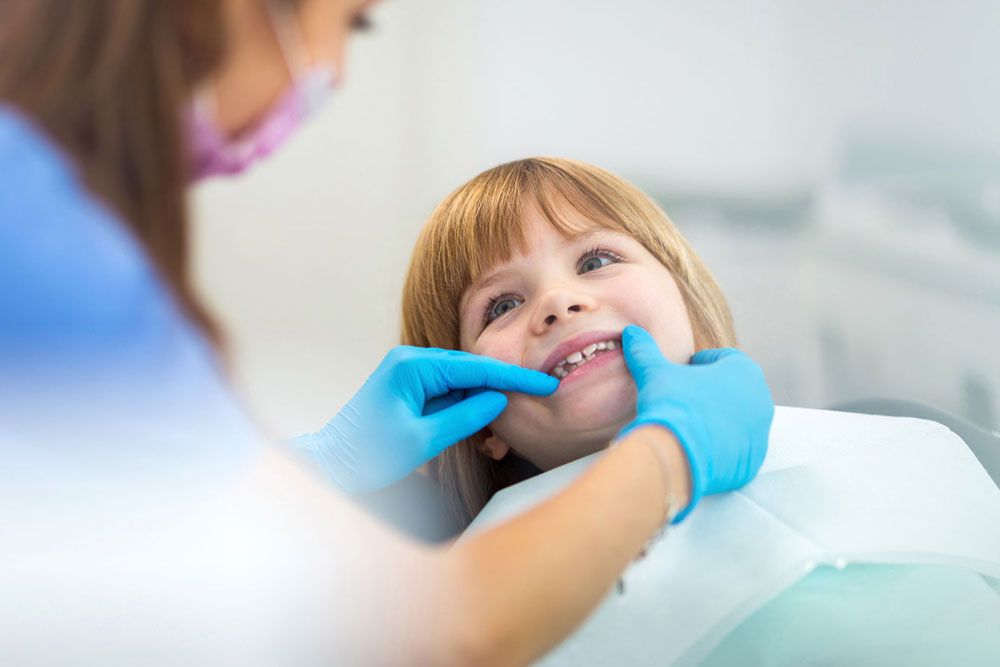Many people have asked asked us, “Just what is biomimetic dentistry and how does it differ from regular dentistry?”
We can begin by understanding some basic tooth anatomy, as it helps to illustrate some important differences between Biomimetic and regular dentistry.
First think of an M and M peanut candy. It has three layers; a hard shell, chocolate and a peanut in the middle. A tooth also has three basic layers; Enamel, Dentin and the Pulp.
Enamel, the outside shell of a tooth, is the hardest structure in the human body: it is about 90% calcified. It is very strong under pressure, somewhat like porcelain, and is resistant to invasion by bacteria in the mouth. It is not the sensitive part, but is the protective outer coating over the more vital parts of the tooth. It is generally less than 1/10 of an inch in thickness.
Dentin the middle layer, is about 60% calcified and though harder than bone, it is much softer and more flexible than enamel. It is very susceptible to bacterial invasion. Dentin makes up the largest portion of the tooth and is the “sensitive “part that often gives us the “zingy” sharp, electrical pain feeling when it is touched. The reason for this is, it is a living tissue, full of little tubes which contain fluid and minerals. The fluid can and does move in these tubes. This movement stimulates the nerve and causes pain. Dentin, when healthy, can actually repair itself due to the presence of these minerals in the tubular fluid. Dentin also acts like a shock absorber base to the harder and inflexible enamel.
The inner area is the Pulp. It is made up of blood vessels, nerve tissue and very special cells that form the “dentinal” tube and fluid structure. These special cells nourish the dentin and provide it with the fluid and minerals the dentin uses to support the enamel and keep the tooth alive. It is the most sensitive, extremely painful part of the tooth when opened to the outside or exposed to bacteria.
At Dental Pros fo Utah, we are committed to preserve as much of your natural tooth structure as possible and to restore teeth with materials that mimic nature! Biomimetic dental care is healthier for your teeth and longer lasting because more natural tooth remains and materials used are hard enough to function under pressure like enamel yet with multiple stress reducing layers acting like a shock absorber, just like the natural dentin of the tooth.
When a tooth is damaged due to decay or fracture the dentist is trained to repair the damaged or diseased area. How that repair is accomplished is where the difference is between regular dental care and biomimetic care. The two major differences are:
- Biometric treatment requires less drilling (more of the natural tooth is left untouched) and it stays further away from the pulp.
- Biomimetic restorations are multi-layered incrementally. The layers are specifically designed to reduce stresses on the remaining natural tooth as well as mimic the properties of each layer.
A standard filling is usually comprised of only one or two materials, a liner or bond layer and then one major component, composite resin or silver/mercury. This material “fills up” the hole in the tooth. These materials are generally “bonded” into the tooth but often simply filled into the hole in a quick, one step, bulk filled manner. Most often these teeth are prepared (drilled on) following preparation guidelines first introduced in 1889 by Dr. G V Black. The guidelines are called resistance and retention form, and require deeper and wider drilling into the tooth to “hold” in the filling materials into place. Well over 90% of all fillings are done in this manner and this method is still taught in most dental schools to this day.
Conversely, Biomimetic Dentistry is based on the principles of minimal invasion into healthy tooth structure and then recreating or MIMICKING as closely as possible the layers and properties of the natural tooth through advanced adhesion principles. This adhesion method is very exacting and uses highly advanced bonding methods and materials. We work diligently to account for the differences in the actual structural make up of a tooth in our restorations and to assure the adhesion of materials is done in a precise scientific manner. Biomimetic restorations provide for the fact that Enamel is very different from Dentin and even within the dentin there are differences as you go deeper. That is, the deeper you go into a tooth the softer and more flexible the dentin becomes. Therefore in a true “stress reduced” biomimetic filling, there are often as many as 5 to 6 layers of specific dental materials and adhesion techniques utilized or placed incrementally to mimic the properties of natural teeth. The big advantage of restoring a tooth in this manner is that the outer surface is hard enough to withstand the pressures and function of chewing without fracturing (like Enamel) but also soft enough to give and flex or move as normal teeth do (like Dentin).
This is Biomimetic Dentistry!




